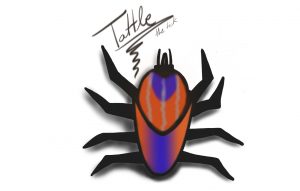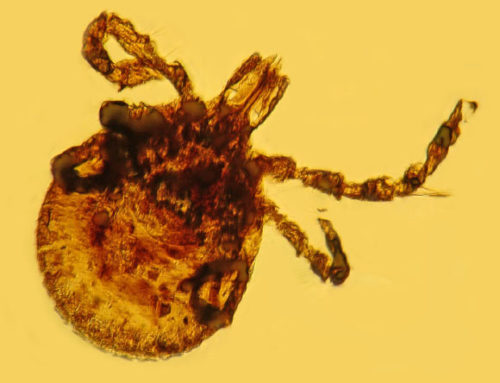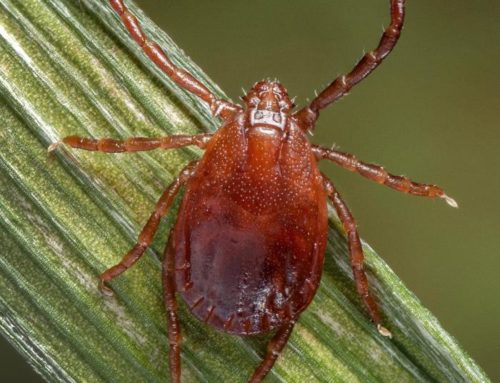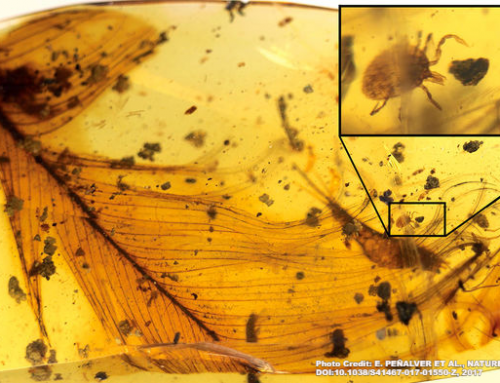Ughh!
I can’t believe I have to deal with this on my day off. I decided to treat myself to a nice dinner while on vacation, where the weather is nice, the ticks are cute, and everyone is as friendly as can be. Yet, when the waiter brought me my meal it was contaminated with Lyme disease… We ticks don’t hatch with Lyme disease, we usually acquire it from some pesky small mammal or bird, like the white-footed mouse, that act as a reservoir for Lyme disease and infect us with it after feeding (Lane et al. 1991). Unfortunately, this time I can blame my waiter. Next time, I’ll just order a Piña Colada.
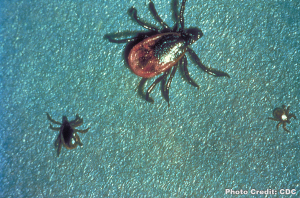
From left to right: a male, female, and larva Ixodes scalpularis, otherwise known as the blacklegged tick.
It’s a shame really. I made it all the way to adulthood before becoming infected by Borrelia burgdorferi, the scientific name for the bacteria that causes Lyme disease. Although possible, I doubt I’ll ever pass it on to any humans due to my size as an adult tick. It’s much more likely that I’ll be plucked away from a delicious human meal a lot sooner than the nymphs down the road would. They are a lot smaller than I am, and more difficult to see (Schotthoefer et al. 2015). So you humans don’t usually find them right away. In most cases of Lyme disease, infected ticks need to be attached for 36-48 hours before they transmit the disease (CDC Lyme Disease Transmission). Not just any tick can transmit Lyme disease though. Blacklegged ticks here in Illinois, otherwise known as Ixodes scapularis, are the tick species that carries Lyme disease. To any humans out there reading this, a word of advice: I wouldn’t take my chances. Remove any ticks you find on you. I-TICK recommends using tweezers to grab the tick close to the head and pull upward with gentle, constant pressure.
If you ever do find yourself in a situation where you think you might have come in contact with a blacklegged, I. scapularis, tick be sure to check out the CDC website for signs and symptoms of untreated Lyme Disease. I, however, will be off to enjoy the rest of my vacation.
Peace out,
Tattle the Tick
